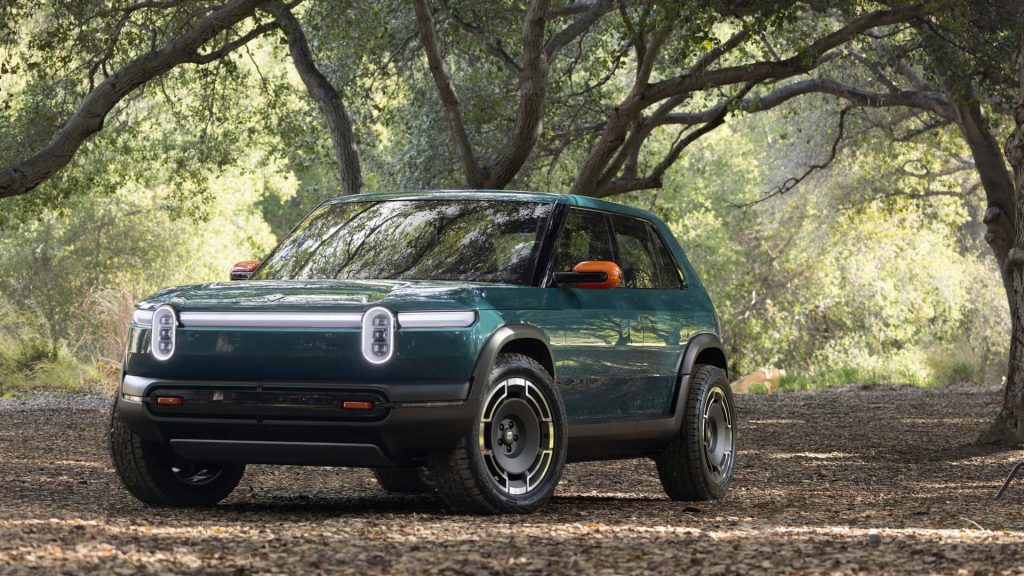R3 and R3x are the design disruption EV product planners need to understand.
The two most compelling EV car companies are a curious antithesis of each other. Rivian wants to get city dwellers into the outdoors. And Tesla wants to make passengers of drivers with the Auto Pilot system.
No ad to show here.
Whereas Elon Musk’s Tesla has approached vehicle development with a fail-forward approach, while ignoring the obvious demand for large trucks, Rivian has done the opposite.
It first developed a pickup truck but took over a decade to do that – effectively an ice age in software-defined vehicles. Teasing customers and testing investors’ patience, Rivian’s range of R1-series pickups and SUVs launched in 2021 to significant market acclaim.
Production scaling has proved challenging, just as it did for Tesla when demand increased. But Rivian is rightsizing its business, however painful that might be.
Product first
A raft of restructurings has seen Rivian trim staff by salaried workers by 10%.
But for all the travails about production escalation issues and funding, founder and CEO, RJ Scaringe, remains an inspired and quietly confident leader. His vision for the company has been undiluted by market trends and pressures.
And it shows in Rivian’s purity of purpose regarding product.
Design matters
Realizing that smaller, more affordable vehicles are required to secure its future, Rivian revealed the R2 and R3. These compact SUVs and crossovers show a future worth being optimistic about regarding EV design.
Tesla balances an aesthetic tension between vanilla cars, like Model3, and outrageous designs like Cybertruck. There’s little shared design identity between Tesla’s other models and Cybertuck.
But Rivian has a more defined identity, with its uniform front-end design, with the characteristic vertical light pillars, creating an anthropomorphic ‘face’ for its vehicles. And with the R3, it proves that minimalist design is always more remarkable than silly styling lines.
Hatching a plan
In a world where many vehicles are overdesigned, with garish grilles and far too many unresolved surface creases, the R3 is a testament to restrained design and clever packaging.
It also challenges a legacy misconception: that American buyers are immune to the appeal of a hatchback. Which is exactly how the R3 is proportioned.
Everything about the rear third of Rivian’s compact SUV is a classic hatchback. Note the sloping C-pillar. And how tailgate proportions relate to roof length and overall wheelbase. Although hatchbacks and SUVs are broadly similar in concept (with a fifth door accessing the luggage area), the design divergence has been radical.
Sensible SUVs
SUVs have grown larger and more ungainly in design. In contrast, hatchbacks have been kept honest by their value car origins.
Rivian has masterfully blended the sensible proportions and clean surfacing of classic hatchbacks like Golf 1, Renault 5 and Lancia’s Integrale, with the size and stance of an SUV.
Instead of going larger, Rivian’s gone smarter.
